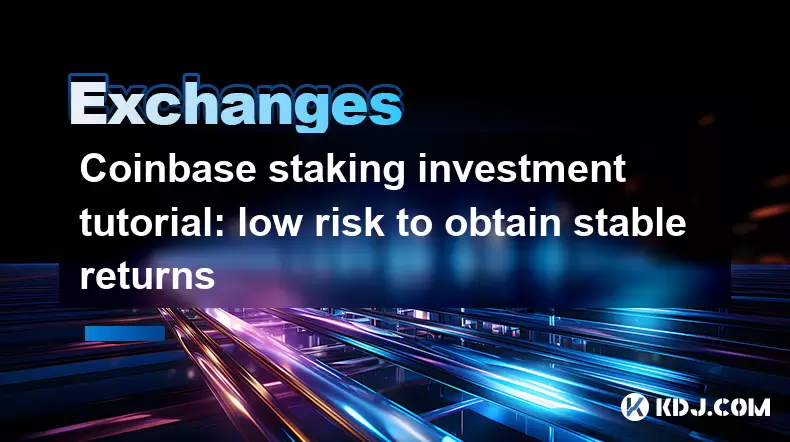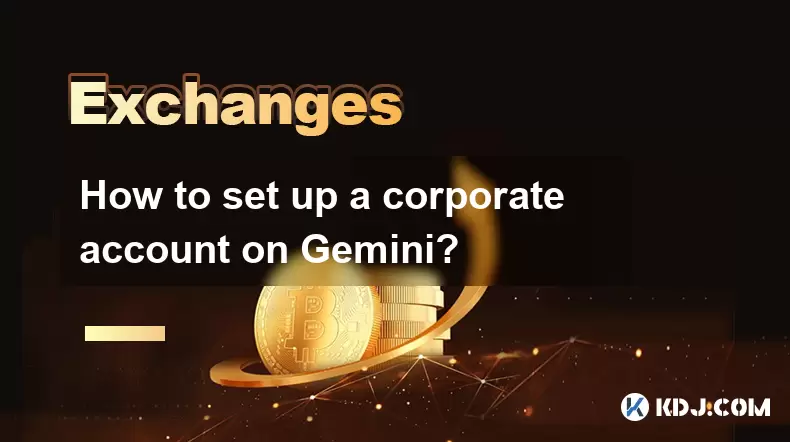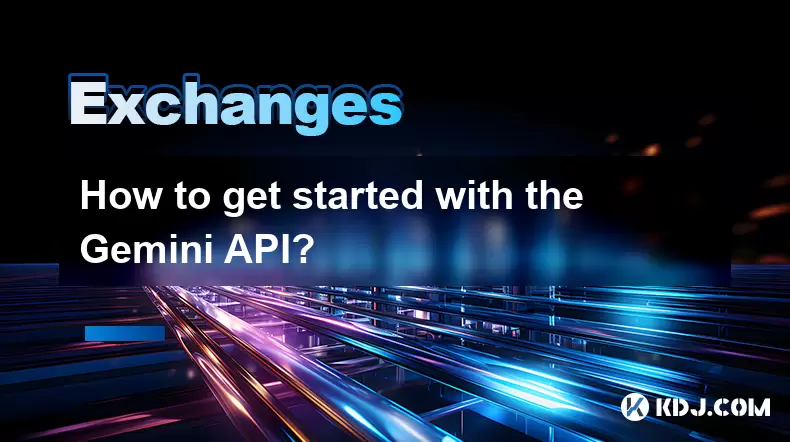-
 Bitcoin
Bitcoin $114500
-0.31% -
 Ethereum
Ethereum $3648
1.11% -
 XRP
XRP $3.033
-0.27% -
 Tether USDt
Tether USDt $0.9999
-0.01% -
 BNB
BNB $758.5
-0.32% -
 Solana
Solana $167.5
1.48% -
 USDC
USDC $0.9998
-0.02% -
 TRON
TRON $0.3331
0.74% -
 Dogecoin
Dogecoin $0.2039
0.25% -
 Cardano
Cardano $0.7419
-0.46% -
 Hyperliquid
Hyperliquid $39.21
2.66% -
 Stellar
Stellar $0.4049
-1.95% -
 Sui
Sui $3.483
-0.56% -
 Bitcoin Cash
Bitcoin Cash $570.8
2.89% -
 Chainlink
Chainlink $16.67
-0.57% -
 Hedera
Hedera $0.2470
-1.57% -
 Ethena USDe
Ethena USDe $1.001
0.00% -
 Avalanche
Avalanche $22.36
1.52% -
 Litecoin
Litecoin $123.4
4.35% -
 UNUS SED LEO
UNUS SED LEO $8.989
0.09% -
 Toncoin
Toncoin $3.324
-2.40% -
 Shiba Inu
Shiba Inu $0.00001219
-1.30% -
 Uniswap
Uniswap $9.811
2.54% -
 Polkadot
Polkadot $3.662
-0.07% -
 Monero
Monero $295.5
-3.85% -
 Dai
Dai $1.000
0.01% -
 Bitget Token
Bitget Token $4.345
0.24% -
 Cronos
Cronos $0.1380
0.95% -
 Pepe
Pepe $0.00001044
-1.14% -
 Ethena
Ethena $0.5981
-4.24%
Coinbase staking investment tutorial: low risk to obtain stable returns
Earn passive income with low risk by staking your crypto on Coinbase, which supports Ethereum, Cardano, and Solana, among others.
Jun 09, 2025 at 06:07 am

Introduction to Coinbase Staking
Coinbase staking offers users the opportunity to earn rewards on their cryptocurrency holdings by participating in the validation of transactions on certain blockchain networks. This process, known as staking, is a fundamental part of many proof-of-stake (PoS) cryptocurrencies. By staking your assets on Coinbase, you can earn passive income with relatively low risk compared to other investment strategies in the crypto market.
Understanding Staking and Its Benefits
Staking involves holding funds in a cryptocurrency wallet to support the operations of a blockchain network. In return, stakers are rewarded with additional cryptocurrency. The benefits of staking on Coinbase include:
- Passive Income: Earn regular rewards on your crypto holdings without the need for active trading.
- Low Risk: Staking on Coinbase is generally considered low risk as the platform handles the technical aspects of staking.
- Support for Network: By staking, you contribute to the security and efficiency of the blockchain network.
How to Start Staking on Coinbase
To begin staking on Coinbase, follow these detailed steps:
- Sign Up or Log In: If you're new to Coinbase, you'll need to create an account. If you already have an account, simply log in.
- Verify Your Identity: Complete the necessary identity verification steps required by Coinbase.
- Deposit Funds: Add the cryptocurrency you wish to stake to your Coinbase account. Ensure that the cryptocurrency is supported for staking on Coinbase.
- Navigate to Staking: Go to the 'Earn' or 'Staking' section of Coinbase. This can usually be found in the main menu or under the specific cryptocurrency's page.
- Select the Cryptocurrency: Choose the cryptocurrency you want to stake. Coinbase supports staking for several popular cryptocurrencies like Ethereum, Cardano, and Solana.
- Review Staking Terms: Carefully read the terms and conditions of the staking program, including the reward rate and lock-up period.
- Start Staking: Click on the 'Stake' button to begin the staking process. Your funds will be locked in the staking pool, and you will start earning rewards.
Managing Your Staking Rewards
Once you've started staking, it's important to manage your rewards effectively:
- Monitor Rewards: Regularly check your staking rewards in the 'Earn' or 'Staking' section of Coinbase. Rewards are typically distributed on a regular basis, such as daily or weekly.
- Reinvest or Withdraw: Decide whether to reinvest your rewards to compound your earnings or withdraw them to your wallet. Reinvesting can significantly increase your long-term returns.
- Understand Lock-Up Periods: Some staking programs have lock-up periods during which you cannot withdraw your staked assets. Be aware of these periods to avoid any inconvenience.
Risks and Considerations
While staking on Coinbase is considered low risk, it's essential to be aware of potential risks and considerations:
- Market Volatility: The value of the cryptocurrency you stake can fluctuate, affecting the overall value of your investment.
- Platform Risk: Although Coinbase is a reputable platform, there is always a risk associated with holding assets on any third-party platform.
- Regulatory Changes: Changes in cryptocurrency regulations could impact staking rewards and the ability to stake certain assets.
Maximizing Your Staking Returns
To maximize your staking returns on Coinbase, consider the following strategies:
- Diversify Your Staking Portfolio: Staking different cryptocurrencies can help spread risk and potentially increase overall returns.
- Stay Informed: Keep up-to-date with the latest news and updates on the cryptocurrencies you are staking. Changes in the network or staking rewards can affect your earnings.
- Use Staking Calculators: Utilize online staking calculators to estimate your potential rewards and plan your staking strategy accordingly.
Frequently Asked Questions
Q: Can I unstake my assets at any time?
A: It depends on the specific staking program and the cryptocurrency. Some programs have lock-up periods during which you cannot unstake your assets. Always review the terms before staking.
Q: Are staking rewards taxable?
A: Yes, staking rewards are generally considered taxable income. It's important to consult with a tax professional to understand your specific tax obligations.
Q: How often are staking rewards distributed?
A: The frequency of staking reward distribution varies by cryptocurrency and staking program. On Coinbase, rewards are typically distributed daily or weekly.
Q: Can I stake on Coinbase Pro?
A: Currently, staking is available on the standard Coinbase platform, but not on Coinbase Pro. You can transfer your assets between Coinbase and Coinbase Pro to manage your staking and trading activities.
Disclaimer:info@kdj.com
The information provided is not trading advice. kdj.com does not assume any responsibility for any investments made based on the information provided in this article. Cryptocurrencies are highly volatile and it is highly recommended that you invest with caution after thorough research!
If you believe that the content used on this website infringes your copyright, please contact us immediately (info@kdj.com) and we will delete it promptly.
- Meme Coins Skyrocket: Is Dogecoin About to Be Dethroned?
- 2025-08-06 03:50:13
- Tether's On-Chain Surge: USDT Dominates and Drives Blockchain Fees
- 2025-08-06 02:50:13
- Bitcoin, Treasury, Country: Bolivia Follows El Salvador's Lead, While TON Strategy Co. Makes Waves
- 2025-08-06 03:50:13
- Succinct's PROVE Token & Mainnet Launch: A New Era for ZK Proofs
- 2025-08-06 02:50:13
- CEA Industries Rebrands as BNB Network Company: A New Era for BNB Treasury
- 2025-08-06 03:55:14
- Terra Classic's Market Module Revival: The v3.5.0 Upgrade and What It Means for LUNC
- 2025-08-06 02:30:12
Related knowledge

How to set and manage alerts on the Gemini app?
Aug 03,2025 at 11:00am
Understanding the Gemini App Alert SystemThe Gemini app offers users a powerful way to stay informed about their cryptocurrency holdings, price moveme...

How to use the Gemini mobile app to trade on the go?
Aug 04,2025 at 09:14am
Setting Up the Gemini Mobile AppTo begin trading on the go using the Gemini mobile app, the first step is installing the application on your smartphon...

How to set up a corporate account on Gemini?
Aug 05,2025 at 03:29pm
Understanding Gemini Corporate AccountsGemini is a regulated cryptocurrency exchange platform that supports both individual and corporate account crea...

What to do if you forgot your Gemini password?
Aug 04,2025 at 03:42am
Understanding the Role of Passwords in Gemini AccountsWhen using Gemini, a regulated cryptocurrency exchange platform, your password serves as one of ...

What are the websocket feeds available from the Gemini API?
Aug 03,2025 at 07:43pm
Overview of Gemini WebSocket FeedsThe Gemini API provides real-time market data through its WebSocket feeds, enabling developers and traders to receiv...

How to get started with the Gemini API?
Aug 05,2025 at 12:35pm
Understanding the Gemini API and Its PurposeThe Gemini API is a powerful interface provided by the cryptocurrency exchange Gemini, enabling developers...

How to set and manage alerts on the Gemini app?
Aug 03,2025 at 11:00am
Understanding the Gemini App Alert SystemThe Gemini app offers users a powerful way to stay informed about their cryptocurrency holdings, price moveme...

How to use the Gemini mobile app to trade on the go?
Aug 04,2025 at 09:14am
Setting Up the Gemini Mobile AppTo begin trading on the go using the Gemini mobile app, the first step is installing the application on your smartphon...

How to set up a corporate account on Gemini?
Aug 05,2025 at 03:29pm
Understanding Gemini Corporate AccountsGemini is a regulated cryptocurrency exchange platform that supports both individual and corporate account crea...

What to do if you forgot your Gemini password?
Aug 04,2025 at 03:42am
Understanding the Role of Passwords in Gemini AccountsWhen using Gemini, a regulated cryptocurrency exchange platform, your password serves as one of ...

What are the websocket feeds available from the Gemini API?
Aug 03,2025 at 07:43pm
Overview of Gemini WebSocket FeedsThe Gemini API provides real-time market data through its WebSocket feeds, enabling developers and traders to receiv...

How to get started with the Gemini API?
Aug 05,2025 at 12:35pm
Understanding the Gemini API and Its PurposeThe Gemini API is a powerful interface provided by the cryptocurrency exchange Gemini, enabling developers...
See all articles

























































































